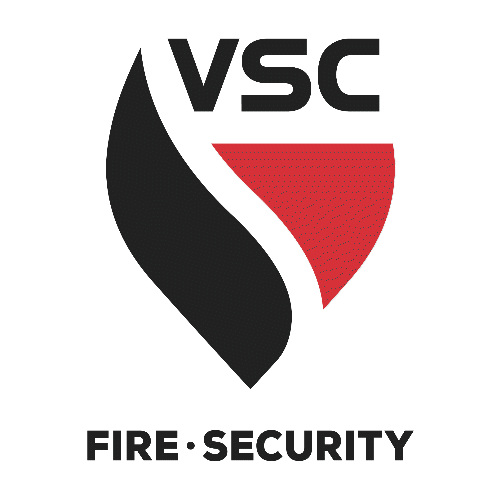Hazard:

During the past seven years, 77 of the 326 job-site injuries reported to VSC’s Risk-Safety Department involved twisting, reaching, pulling, and overexertion from lifting, carrying, moving equipment and material, or working on fire life safety systems. These activities resulted in injuries that have cost over $1 million in medical bills and wage loss. Primarily, these injuries have been diagnosed as Sprains and Strains to the shoulders, neck, back, legs, knees and ankles.
What is a SPRAIN?
An injury involving the stretching or tearing of a ligament (tissue that connects bone to bone) or a joint capsule. When severely damaged, a ligament or joint capsule can cause instability in a joint. Sprains occur when a joint is forced beyond its normal range of motion, such as turning or rolling your ankle, or applying excess force using your shoulders or back- especially when working from an awkward or unstable position.
What causes a SPRAIN?
Direct or indirect trauma knocks a joint out of position and can overstretch it. In severe cases, the supporting ligaments can rupture.
Symptoms of a SPRAIN:
Pain. Bruising. Swelling. Inflammation. You may feel a “pop or tear in a joint, and can experience instability or loss of use to the affected body part. You may also experience limited range of motion at the affected joint.

What is a STRAIN?
The stretching or tearing of muscle and tendon structure. An acute (instant or recent) strain occurs at the junction where the muscle becomes a tendon.
What causes a STRAIN?
Overuse of muscles and tendons, inadequate rest breaks, direct blow to the body, overstretching, and excessive muscle contraction. Working from awkward or unstable positions can also lead to strain type injuries.
Symptoms of a STRAIN:
Pain. Muscle Spasm. Loss of Strength. Limited Range of Motion. Chronic (long lasting) strains are injuries that gradually build up from overuse or repetitive stress resulting in tendinitis, which is the inflammation of a tendon.
